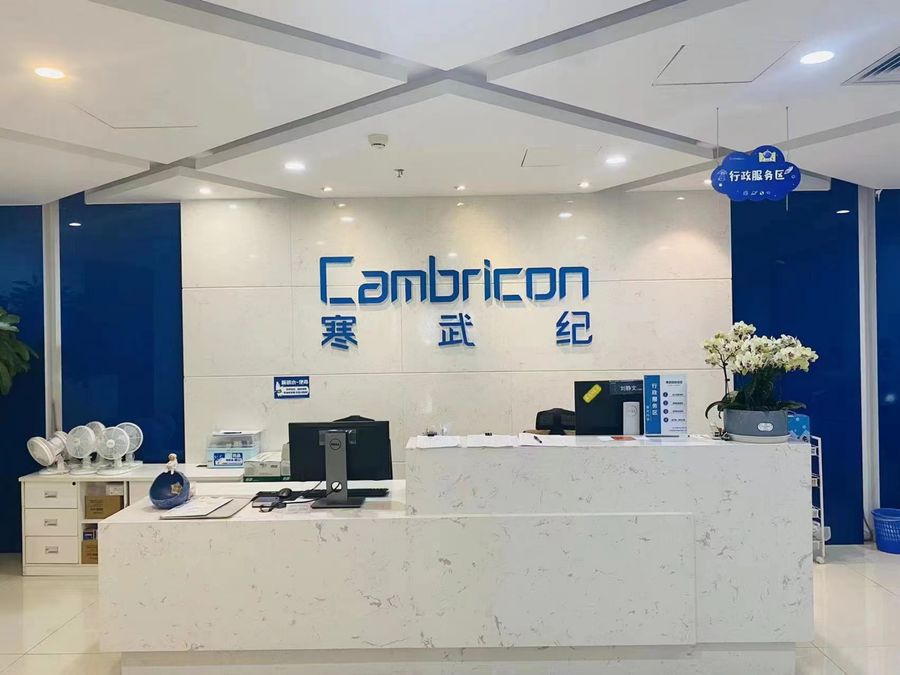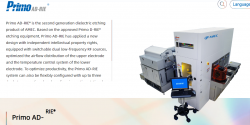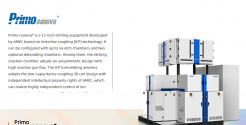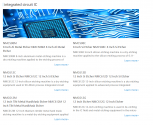So, are you saying non-SMIC customers mark up their chip prices so much more than SMIC customers that 5% global foundry revenue leads to end products only been like 1% global chip sales?
I have no idea how they measure these things, but there are a whole lot of new Chinese designed chips that are not actually made by Chinese fabs. do they only count chips that are designed and made by Chinese firms in that 6.6%?
No. IC Insight was comparing how much wafers in terms of revenue versus how much semiconductor consumed in China. The are saying, if all chips made by Chinese fabs (excluding foreign fabs like tsmc, Samsung, Hynix...) is consumed by China, this would only make up 6.6% of what China actually consumes.
You need to include Foundry, Memory, and other IDM as the baseline. Chinese foundries have about 10% total foundries revenue share, buy Chinese DRAM & 3DNAND revenue share are both <3%.
Let's do a quick estimate, China consumes 60% of semiconductor (sized at ~$550B in 2021), so we are looking at ~$330B demand. Domestic fab making up 6.6% of that would mean roughly $22B worth of wafers produced. Add up the Chinese foundry revenue (SMIC $6B = 5.5%....) so 10% total foundry share would mean $10B). CXMT & YMTC would add no more than $3B each (assuming 1.2M wafers each in 202). That leaves ~$6B chips by other IDM.
So IC Insight estimating Chinese fabs contributing $22B (6.6%) of overall China consumption of $330B seems about right.
BTW, don't hold me to exact numbers, I estimated these numbers off top of my head based on what I could remember. Numbers may not be exact, but I think I should have right number range/magnitude.
Essentially, IC Insight is also doing an estimation by estimating the Total Chinese semiconductor consumption and comparing it to an estimate of total wafer produced by domestic fab in terms of revenue. Now that I think about it, 340B & 23B comes to mind as familiar numbers.....so my quick analysis above of $330B/$22B are definitely close.
That's not what I'm saying at all.
I don't understand why they need to have same reliability, throughput and yield as their foreign counterpart? If there is no alternative to them, then Chinese fabs have to use them.
Without hitting an acceptable reliability, throughput, and yield would make fab operation a nightmare. Low reliability would take up too much resource; amount of time required to fix, requalify the tool, and effort to manage the WIP (work in progress) by moving wafers to a different equipment with different fingerprint is complex. If too many tool breaks down, too often, you'd end up with so many unique combination of tool-sets fingerpint to manage.
Low throughput means more equipment and fab space needed than baseline. Low yield not only impacts the bottom line (profit), but the extra work required to troubleshoot the yield issue would make a fab quite chaotic.
You just can't run a fab efficiently when basic reliability, yield, and throughput couldn't ne reached.
Anyhow, those comment about needing improvement on reliability, throughput, yield, is not mine. It's assessments I heard directly from domestic fabs. It's compilation & paraphrasing of what I heard...the few feedbacks I received are consistent that domestic tools meet a certain node in DRAM/3D-NAND/Logic, and they always come with the same comment on the "need improvement" areas.
From the Lam interview. They have very few employees serving at SMSC. It took 3 years for SMIC to find the tools to ramp up production at SN1 to probably 30k wpm. That's really slow. Seems like they were really hard pressed to get any American tools there.
A number I keep hearing is 20K wpm. Without divulging which company's tool is the bottleneck, the bottleneck at one of the process step (etch, deposition) must be at around 20K wpm.
SMIC said there were 2 things they were for. 1) ASML scanners 2) low production items that require long lead time. Which one do you think is taking bulk of the $1.6 billion Capex?
I agree the additional 1.6B is mostly going to the scanners. I just disagree they are for NXT2050/2100. SN1 doesn't need anymore scanners. SN2 will not take on tools until 2024 & without domestic equipment that could support 7nm, there won't be much need for NXT2050/2100. Even if SMIC do invest in 35K worth of 7nm, probably only need 2-3 NXT2050.
Let me ask you something. Huahong Capex for 2023 is like $1 billion (let's say 2022 is around the same) and it's adding probably 30k wpm 12-inch wafers next year. SMIC is maybe adding 50k wpm 12-inch wafers next year. It's Capex is $6.6 billion. How is SMIC spending 6 times as much Capex when its capacity expansion is just 60% more? It's basically spending 4x as much per wafer capacity added as Huahong. Is SMIC just throwing money around and wasting them? Huahong fab 7 was mostly adding 55-90 nm chips. Is 28 to 65 nm Capex supposed to be 4x of that? Seems unlikely based on the charts that everyone have been showcasing.
ASML said they delivered their first 2100i in Q3. Are you telling them there is a fab outside of China that needs 2100i? I'm not saying they bought that many NXT2050/2100i. Based on what others and ASML said, you don't need 2050/2100i outside of a few steps. I'm saying they've spent way more money per year on ASML scanners than they need to do if they were just adding 50k wpm of mature process capacity.
First, first few systems of a new model are essentially beta systems and need to be tested in production setting to help WFE supplier like ASML validate their new system. Under this limitation, you would already expect this first system to go to leading edge logic or DRAM fab.
And, 'yes', the new functionalities on NXT2100 are needed, mores o, outside of China. SMIC's N+2 nor any 7nm process in the world could bring out the new advanced capabilities of NXT2100.
Word on the street is the first NXT2100 was shipped to Japan. That's all I would/could reveal in this open forum.
We know for example, they spent $1.2 billion for the year before March 2021 on ASML scanners. We know they spend around $4.3 billion in Capex in both 2020 and 2021. Their original Capex plan was $5 billion for this year. So based on that, they were originally planning to spend around $1.5 billion in ASML scanners this year. Now since they added $1.6 billion to that for both early deposit and probably early deliveries. Let's say that will lead to $4.5 to 5 billion Capex with ASML in 2022/2023. Based on the cost of these machines. That seems way more than what they need for adding capacity at the new Beijing plant. They could be stocking up some machines or they could also be adding more capacity at SMSC fab.
I don't agree with that at all. I think their slow pace of expansion at SN1 after 2020 was due to not being able to get the American equipment they needed, hence they had to get less reliable/efficient domestic tools and take their time to ramp up with them.
And I think they've been really quiet about what they've been doing there, because it does them no good to talk about their advanced node achievement.
I think we can agree that they were not at 35k wpm for the entire year. I'd be surprised if they are at 35k wpm right now actually.
O-KAY!! Something we agree on! : D
Too many rebuttal from you to respond to, I just answered a few. I'll try to find time to respond to your other points







